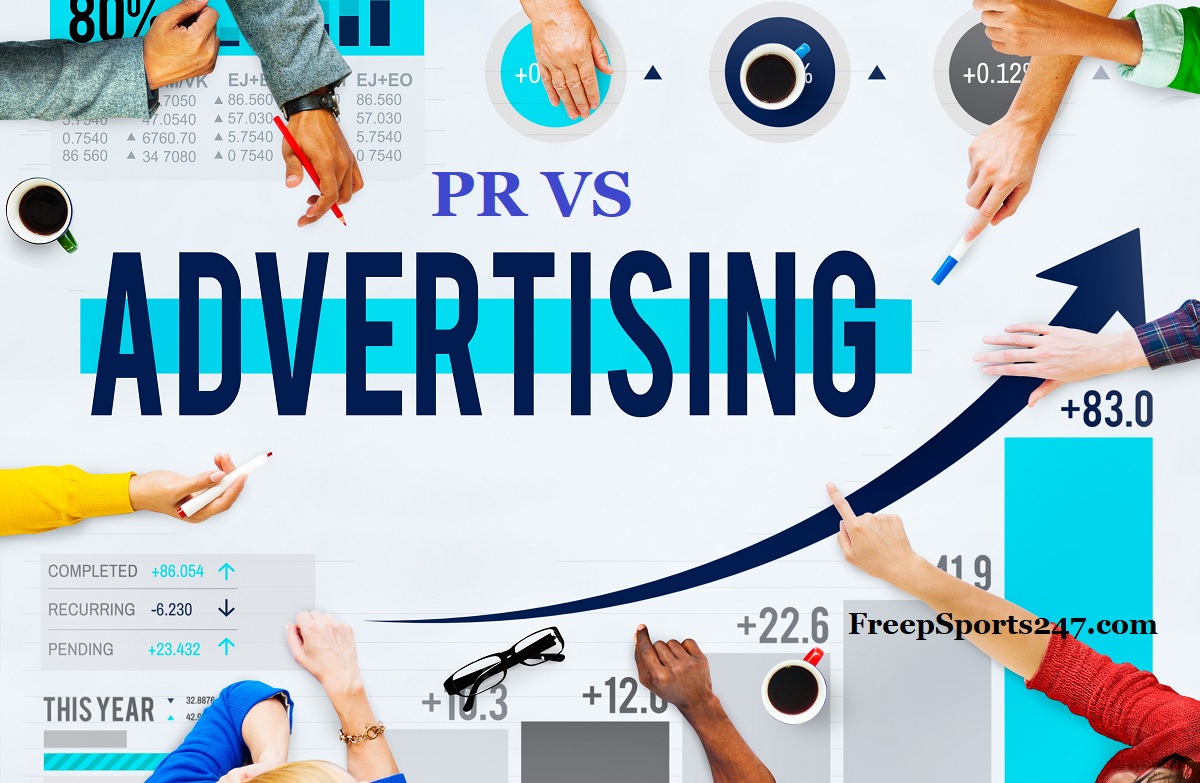In the realm of organizational promotion, two paramount strategies, public relations (PR) and advertising, take center stage, orchestrating interactions with both existing and prospective consumers. The pivotal objective for both approaches revolves around fostering a positive corporate image and cultivating enduring relationships with clientele. This discourse delves into the core tenets of PR vs Advertising, elucidating the distinctive facets of each and offering insights into potential career trajectories within these domains.
Defining Public Relations: A Delicate Balancing Act
Public relations, often abbreviated as PR, undertakes the mission of fortifying a robust, mutually advantageous rapport with the public. For a PR specialist, safeguarding the company’s sterling reputation and crafting messages congruent with the prevailing brand ethos stand as paramount priorities. Preserving its standing as a reliable fount of information, PR enhances the organization’s adeptness in engaging with its target audience.
The Ambitions of Advertising: Crafting Persuasion Through Mediums
The ambit of advertising extends across diverse media platforms – websites, television, newspapers, magazines – enabling the dissemination of marketing and sales strategies for products, services, or brands. Through advertising, the ability to convey tailored messages to specific demographics is harnessed, attracting a cadre of potential clients predisposed to transactions by virtue of recognizing the intrinsic value.
Comparative Analysis: Unveiling the Divergence
The juncture of PR vs Advertising manifests in intricate interplay, with the efficacy of one approach potentially surpassing the other in select scenarios. Distinctions between PR and advertising emerge through several dimensions:
- Television Advertising Costs: The financial commitment to air commercials across diverse media formats dictates advertising expenditure, while PR professionals may secure exposure through media attention garnered via publications, press conferences, and news releases.
- Ownership of Image and Information: Sponsorship of an advertisement affords complete control over its tone and content, contrasting with the organic accessibility of media outlets to PR, allowing stories to unfold at any time and in any manner.
- Temporal Media Coverage: Sponsored advertisements, driven by cost, often feature limited durations, in contrast to PR initiatives, which enjoy more sustained coverage, given their nuanced and ongoing nature.
- Target Clientele Approach: Specialization defines the focus of PR practitioners in forming robust connections with unique consumers, whereas advertising specialists strive for broad audience reach to heighten brand and business awareness.
- End Goals: While advertisements prioritize endorsing tangible benefits of a brand or product, public relations seek to establish trust-based connections and project a positive corporate image.
Navigating the Distinctions: A Consideration for Aspiring Professionals
The distinctions in roles and responsibilities between PR and advertising, though featuring some commonalities, should guide individuals in aligning their passions and skill sets with their chosen career path.
Essential Considerations Include:
Expertise Depth: Advertising demands adeptness in creating original concepts and campaigns, necessitating effective teamwork, clarity in communication, innovation, sincerity, passion, and strategic formulation.
Responsibility Assessment: Public relations roles center on enhancing stakeholder perceptions and building relationships, requiring meticulous attention to detail in managing interactions and materials provided to audiences.
Understanding Your Fit: Unveiling Career Trajectories
By aligning talents with job requirements, individuals can discern their compatibility with various positions within an organization. Distinctions Between PR and Advertising are elucidated in specific job titles. Public relations specialists focus on fostering media relationships, arranging appearances, crafting press releases, and organizing events for charitable causes.
Should your right-brained proclivities excel in structuring, evaluating, and executing ideas, a career in public relations may beckon. Organizational prowess, gleaned from prior PR or event planning experience, proves invaluable in executing tasks like press conferences and fundraising events. Attention to detail becomes pivotal in ensuring that documents accurately represent the company before public dissemination.
In Conclusion: Navigating the Crossroads
This discourse provides a comprehensive overview of the intricacies separating public relations and advertising, offering prospective professionals guidance in aligning personal attributes with career aspirations. The decision between PR and advertising hinges on organizational objectives and prevailing circumstances, inviting individuals to undertake a nuanced analysis before charting their professional course.

